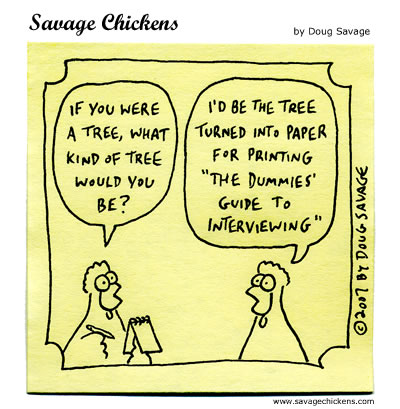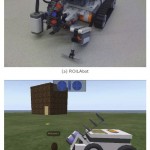Creating a PPTP VPN provides basic encryption but is better than none.
Install the necessary software (pptpd, pop):
user@ubuntu:~# sudo apt-get install pptpd ppp
Continue reading Setting up a PPTP Server on Ubuntu 12.04 LTS
Creating a PPTP VPN provides basic encryption but is better than none.
Install the necessary software (pptpd, pop):
user@ubuntu:~# sudo apt-get install pptpd ppp
Continue reading Setting up a PPTP Server on Ubuntu 12.04 LTS
 Today I got a question from a student about how to properly conduct a user interview. Here is a practical answer from Whitney Hess.
Today I got a question from a student about how to properly conduct a user interview. Here is a practical answer from Whitney Hess.
by Gerrit Niezen.
 The thesis describes the design and development of an ontology and software framework to support user interaction in
The thesis describes the design and development of an ontology and software framework to support user interaction in
ubiquitous computing scenarios. The key goal of ubiquitous
computing is “serendipitous interoperability”, where devices
that were not necessarily designed to work together should be
able to discover each other’s functionality and be able to make
use of it. Future ubiquitous computing scenarios involve hundreds of devices. Therefore, anticipating all the different types
of devices and usage scenarios a priori is an unmanageable
task.
Selected artwork pieces from the golden ratio module are going to be exhibited at the College of Fine Arts Gallery, Towson University. The “Man-shaped figures” will be kept for a month-long exhibition. More at “2012 Bridges Conference”.
by Jun Hu, Gerrit Niezen and Bram van der Vlist, on April 24, 2012
[youtube]http://www.youtube.com/watch?v=4-p-8Avx53g[/youtube]
In the era of social networking and computing, the creation of intelligent systems, products, and related services in a social context is facing a number of technology supported social challenges.
In their paper [PDF, 200K], “FROM VIRTUALITY TO REALITY AND BACK”, the authors presented an overview of the “reality” concepts in design and related areas, including Milgram and Colquhoun (1999)’s Reality to Virtuality continuum, as well as a classification of reality concepts according to correlation between perception and action and level of interaction.
During my sabbatical visit to Jiangnan University last year, I was interviewed by the journal “Creation and Design”. I was asked about my opinion about the topics such as interaction design, design education and training, as well as my impression about industrial design education in China etc. Well, if you read Chinese, here is the article:
Thursday, March 1, at 3pm, without inviting any audience, I walked in the theme Out of Contol, started a presentation to no one, about semantic, social and physical networking. Caught some attention, finished by simply walking away. “Out of Control”, it is about Distributed being and control from bottom-up, right?
Continue reading Speakers’ Corner: “Out of Control” Presentations.

PhD project done by Alex Juarez.
The topic of this PhD project is in the context of cross-reality, a term that defines mixed reality environments that tunnel dense real-world data acquired through the use of sensor/actuator device networks into virtual worlds. It is part of the ongoing academia and industry efforts to achieve interoperability between virtual and real devices and services.